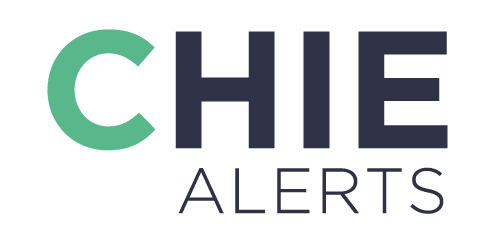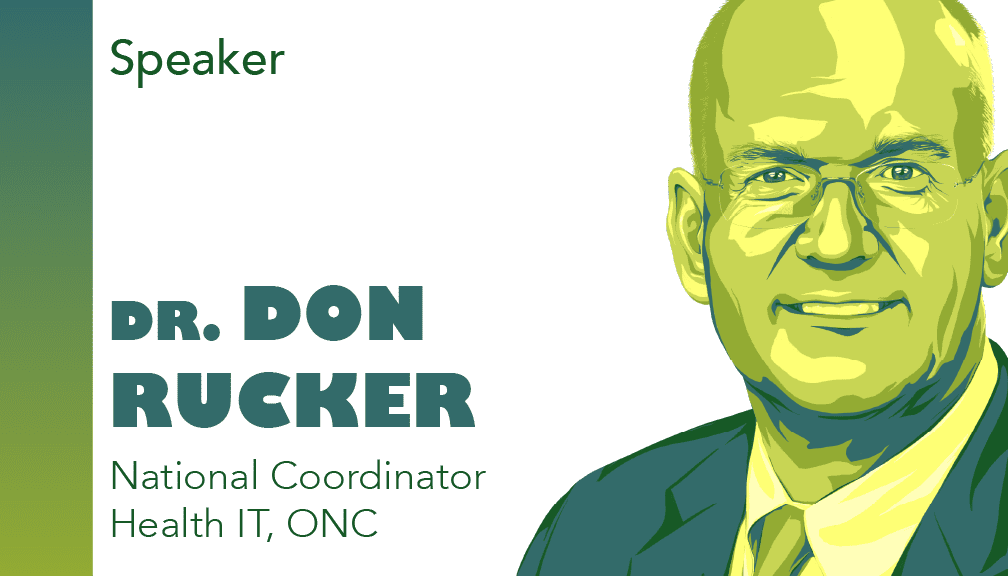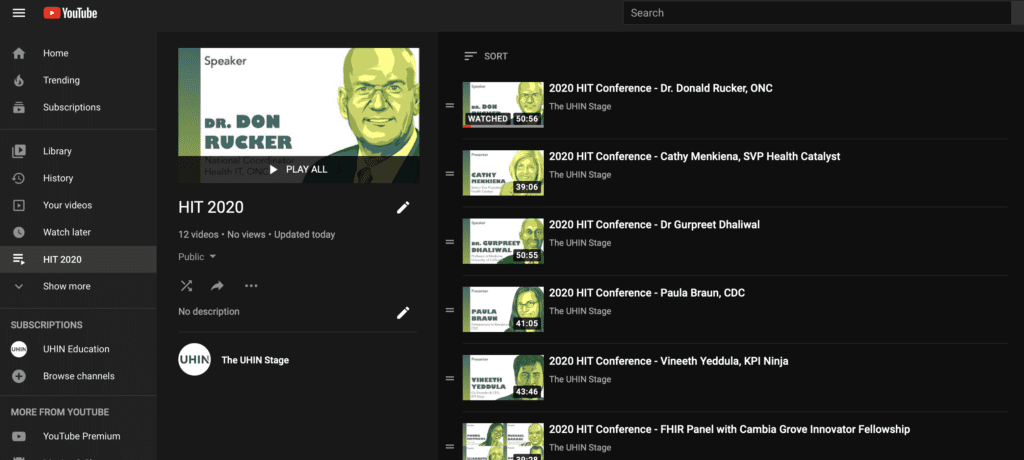
Hospitals should prepare now for the new Conditions of Participation
The New CMS Condition of Participation Requires Hospitals to Share E-Notifications
What does this new rule mean for hospitals?
On March 9, 2020, CMS announced new Admit, Discharge, and Transfer (ADT) Electronic Notifications Conditions of Participation¹ that left many questioning what the hospitals would be responsible for and what they would need to do in order to become compliant by the May 1, 2021 deadline.
Here is a quick summary of the rule and a compliance checklist to help!
The new CMS Condition of Participation requires all hospitals, psychiatric hospitals, and critical access hospitals utilizing an electronic medical records system or other electronic administrative systems, (which is conformant with the content exchange standard HL7 v2.5.1) to make a reasonable effort to send real-time electronic notifications:
- At the point of inpatient and observation admission, discharge, transfer and at emergency department presentation or discharge
- To every patient’s established Primary Care Provider (PCP), established primary care practice group or entity, other practitioners/practice groups/entities identified by the patient as primarily responsible for his or her care, and applicable post-acute providers who need to receive notification for treatment, care coordination, or quality improvement purposes
- Containing at a minimum: patient name, treating practitioner name, and sending institution name
CHIE Alerts: The Simplest, Most Comprehensive Solution to Guarantee Electronic Patient Event Notifications are Processed in a Secure and Compliant Manner
Built on UHIN’s trusted network, CHIE Alerts alleviates a hospital’s compliance IT and data-sharing burdens. CHIE Alerts seamlessly delivers ADT e-notifications to providers in a patient’s care continuum, as well as to other requesting community groups. The CHIE manages all the complexities involved with sending the alerts, from executing data sharing agreements with all e-notification recipients, to managing and executing the frequent, real-time changes to a diverse array of patient roster types to track patient/provider attribution. Learn more about our CHIE Alerts suite at https://uhin.org/alerts.
Ready to get set up with CHIE Alerts? Contact our team today to Get Started.
Sources:
¹ CMS Interoperability and Patient Access final rule. 17 Jul. 2020. Accessed 9 Dec. 2020. https://www.cms.gov/Regulations-and-Guidance/Guidance/Interoperability/index









